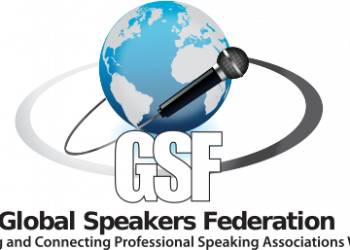What do Jesus, Confucius, Lincoln, and many of history’s greatest salespeople have in common? They were all accomplished storytellers! They used stories to explain their ideas to their audience and win followers.
Supersalesmen of our time such as Steve Jobs, Ronald Reagan, and the Rev. Billy Graham have also mastered the art of the story.
Stories are an excellent way to connect with people, to make complex ideas easier to understand, and to make your message memorable.
But telling stories is more than just a folksy way to relate to others. It is a powerful and persuasive vehicle that top sales leaders use to get their message across with maximum impact and minimum resistance. This is exactly what salespeople need to do.
Most salespeople know their product inside out and can rattle off an impressive string of facts about it. Big mistake!
Facts are about data, logic, and reason. When confronted with facts, people tend to make critical evaluations. They look for flaws in your argument.
Stories, on the other hand, are about facts plus emotions. If you want your prospect to evaluate your product, give her plenty of facts. But if you want her to buy, tell her a compelling story.
The Silent Objection
Salespeople are taught to welcome objections as opportunities to learn more about their prospect’s needs. They are trained to recognize various types of objections and overcome them, moving the prospect ever closer to the sale. But few salespeople are able to overcome what I call the “silent objection.”
The silent objection is what most prospects think but will not tell you: “I don’t know you, and I don’t trust you, so why should I buy from you?” If the salesperson cannot get past the silent objection, he will never even have the chance to overcome the other objections that he is prepared for!
What is the best way to overcome the silent objection? With a story. Every salesperson needs a story that tells who he is, what his values are, and why he is selling this product, service, or solution. He needs a story to connect with his prospect and to make himself appear trustworthy and likable.
This is the most important story a salesperson will tell. And he will tell it over and over again. Thus, it is important to craft a credible story to introduce yourself, and learn how to tell it well.
Other uses for stories
In addition to using stories to introduce himself and overcome the silent objection, an outstanding salesperson will use stories for many other purposes, such as
- Building rapport – Stories add a human element to a conversation and help people connect.
- Entertaining prospects and sustaining their interest throughout the sales presentation – Would you rather go through a list of bullet points or listen to an interesting story?
- Introducing his company and promoting the brand – While some companies are widely known, most could benefit from a brief introduction by way of a story.
- Communicating key company and personal values – Aesop knew that lectures and moralizing breed resentment, so he used simple stories to make his points.
- Creating a compelling picture of how his solution can change his prospect’s life – The old marketing axiom comes to mind: Sell the sizzle, not the steak.
By learning to use stories instead of data, facts, and self-serving statements, a salesperson can introduce himself, connect with his target, and deliver a powerful message. Whether you’re selling encyclopedias, high tech, politics, or religion – stories sell.



